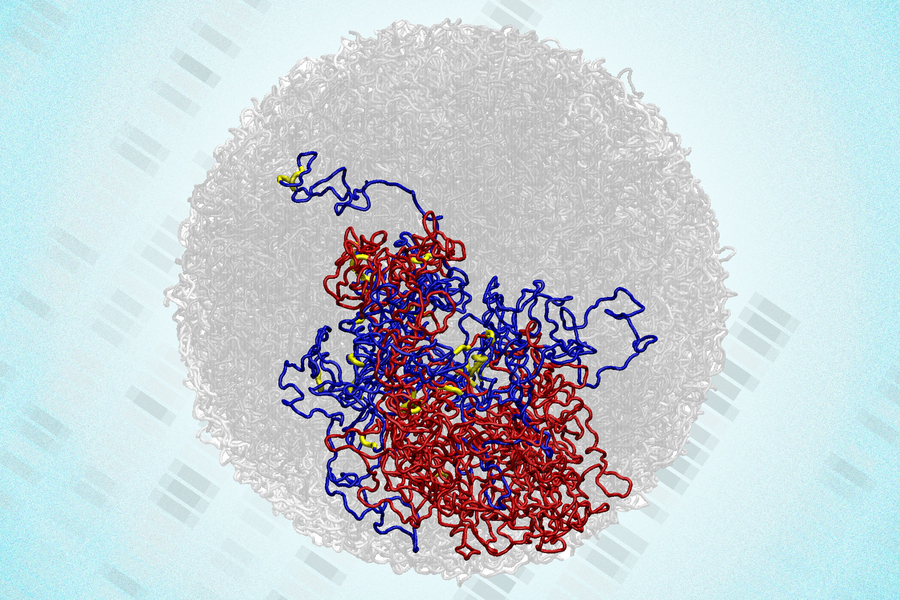Before cells can divide, they first need to replicate all of their chromosomes, so that each of the daughter cells can receive a full set of genetic material. Until now, scientists had believed that as division occurs, the genome loses the distinctive 3D internal structure that it typically forms.
Once division is complete, it was thought, the genome gradually regains that complex, globular structure, which plays an essential role in controlling which genes are turned on in a given cell.
However, a new study from MIT shows that in fact, this picture is not fully accurate. Using a higher-resolution genome mapping technique, the research team discovered that small 3D loops connecting regulatory elements and genes persist in the genome during cell division, or mitosis.

